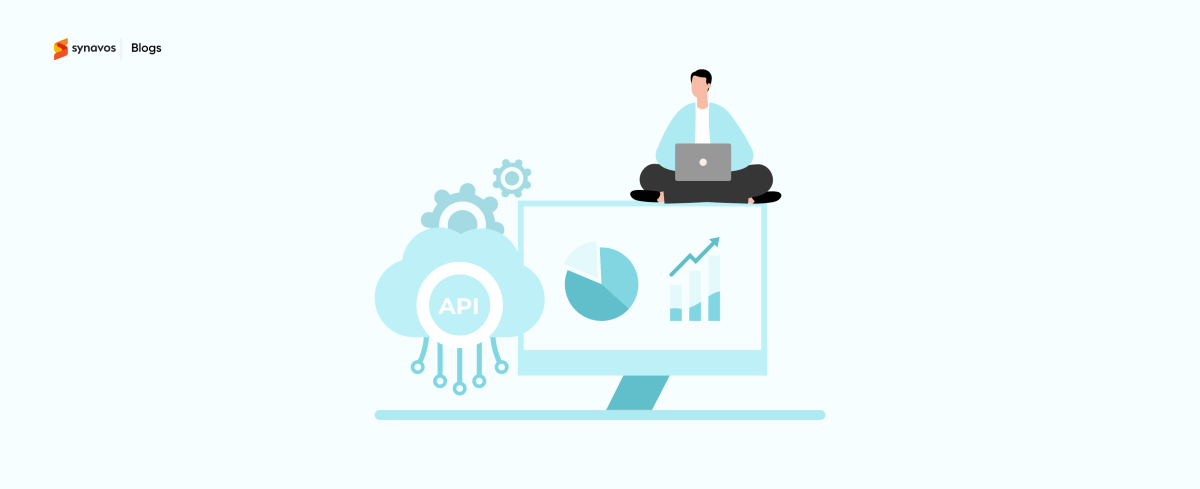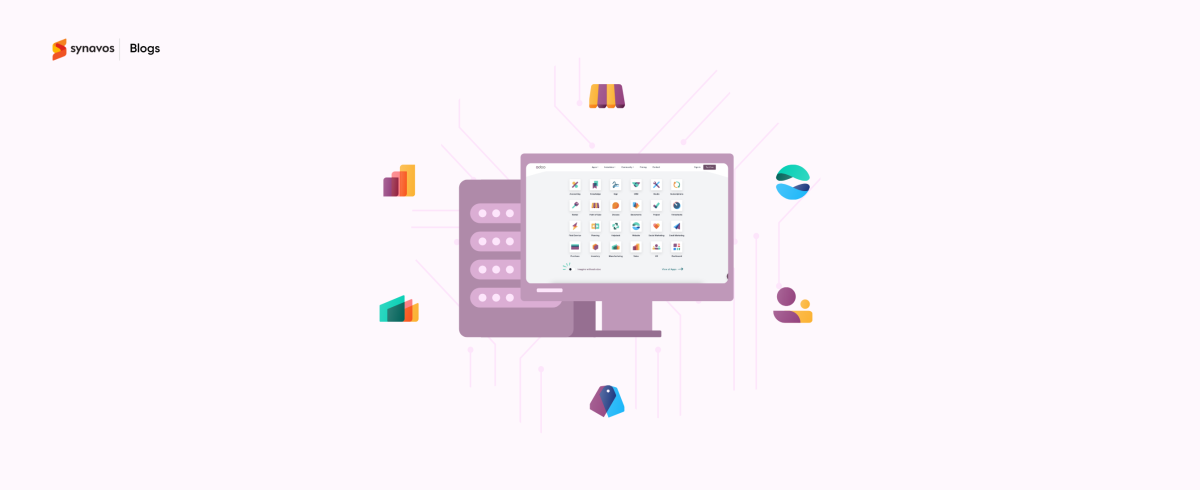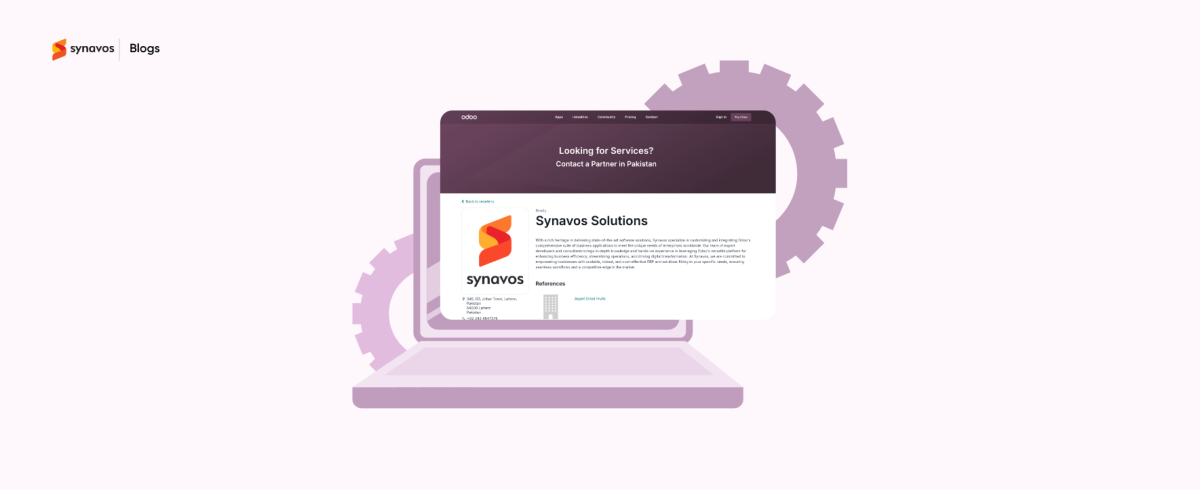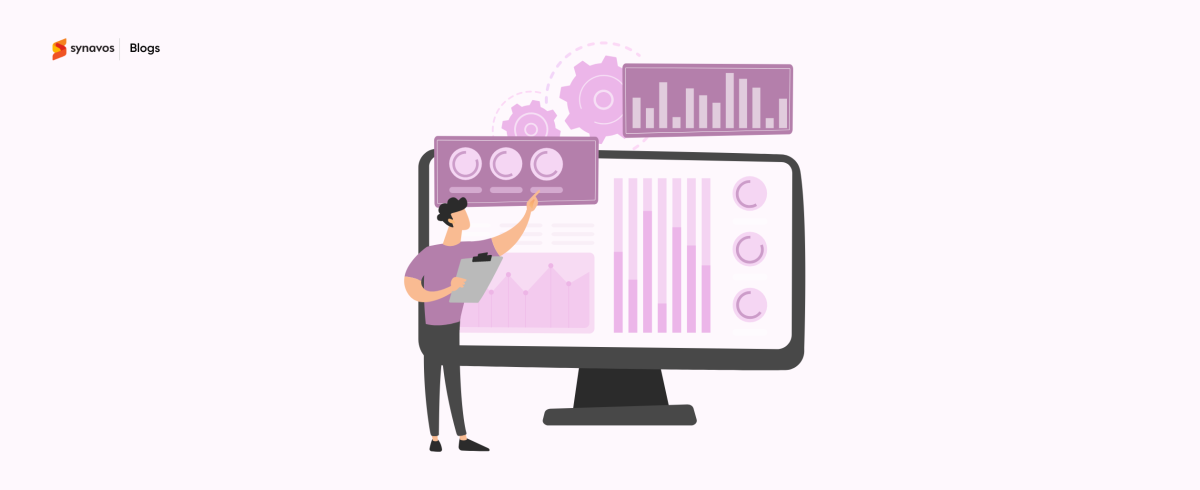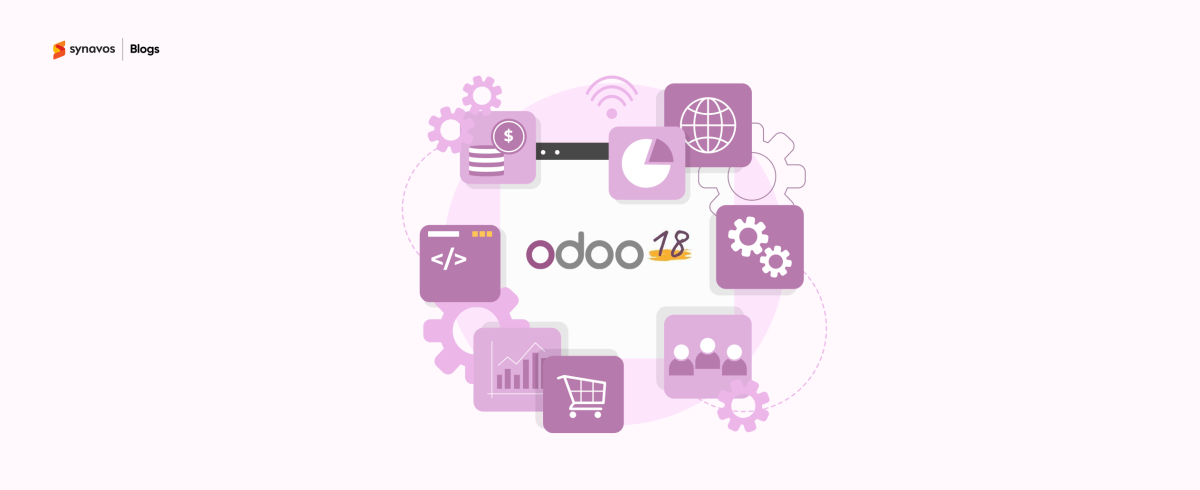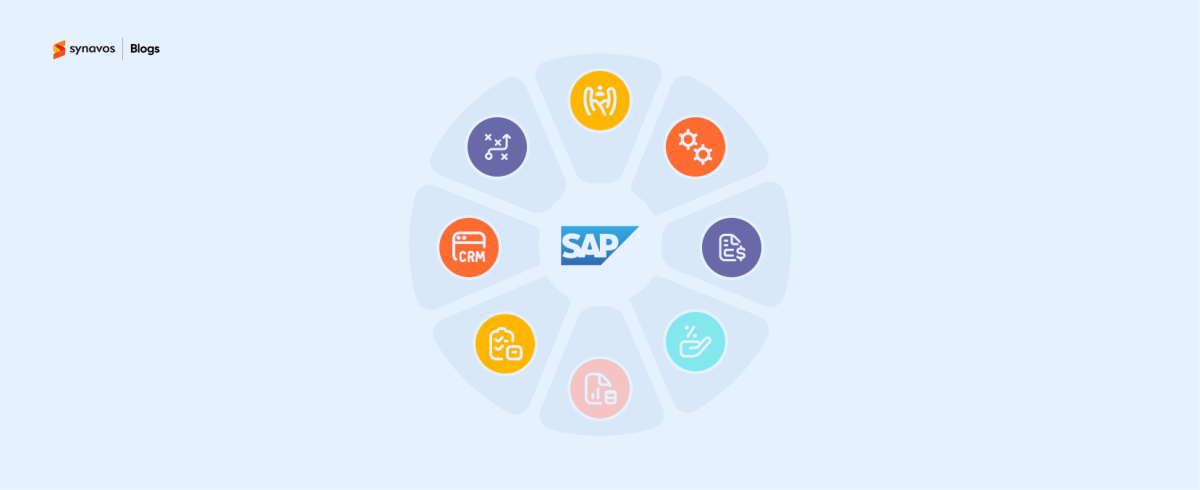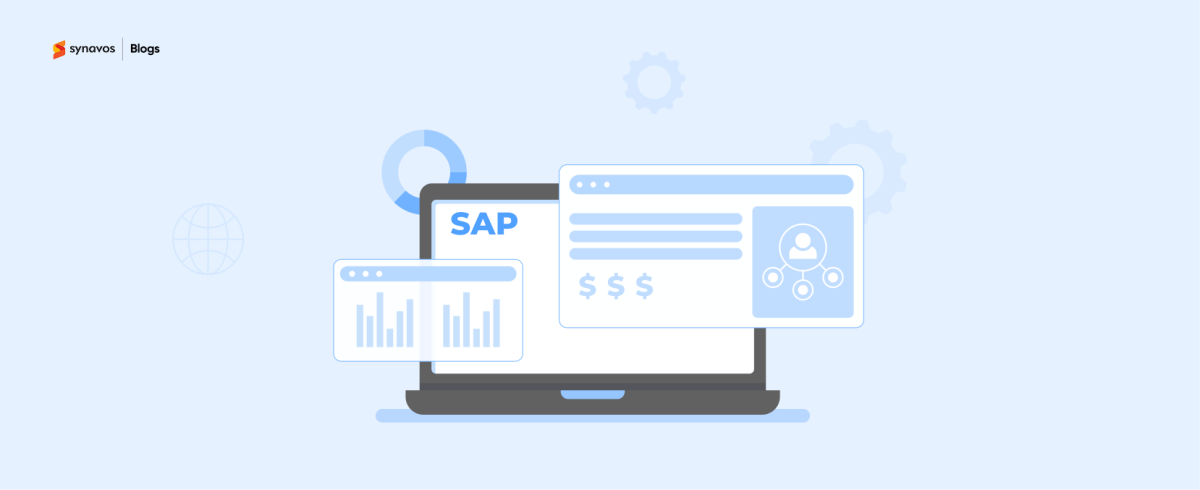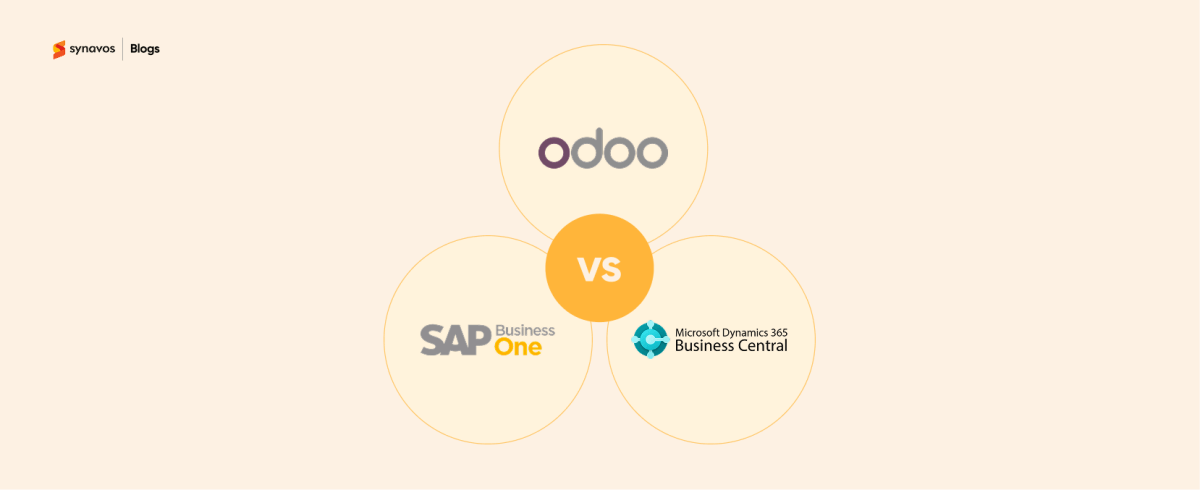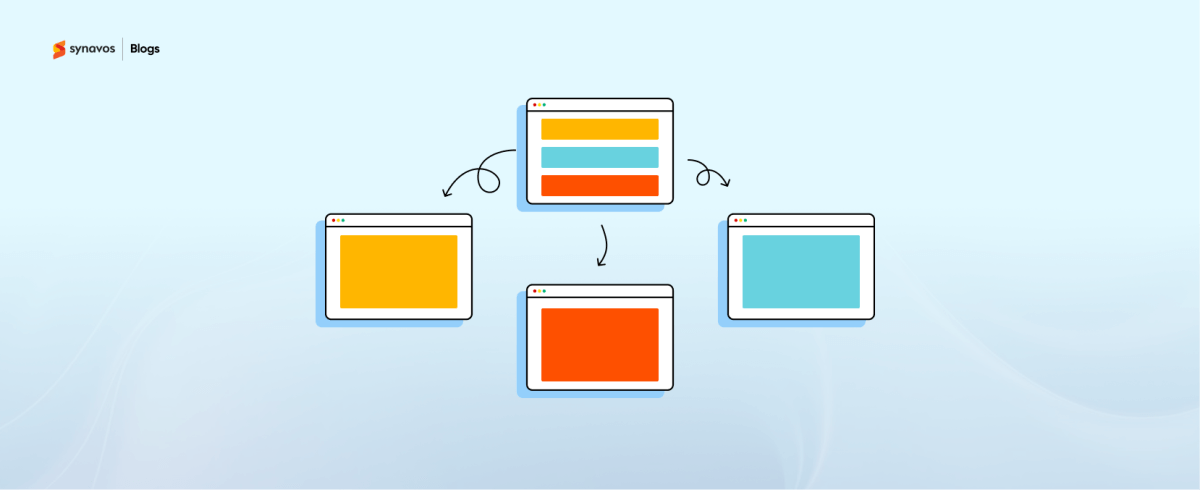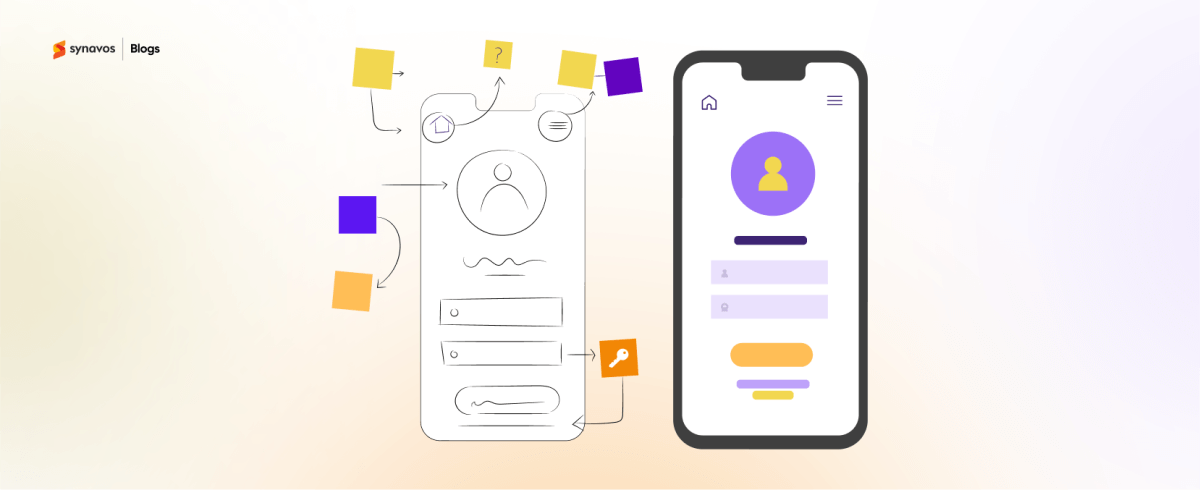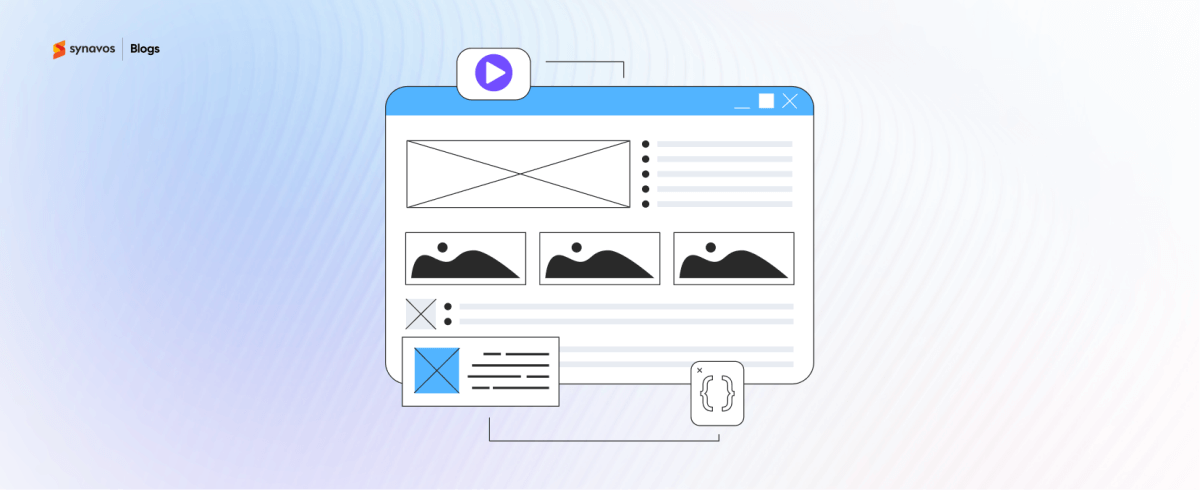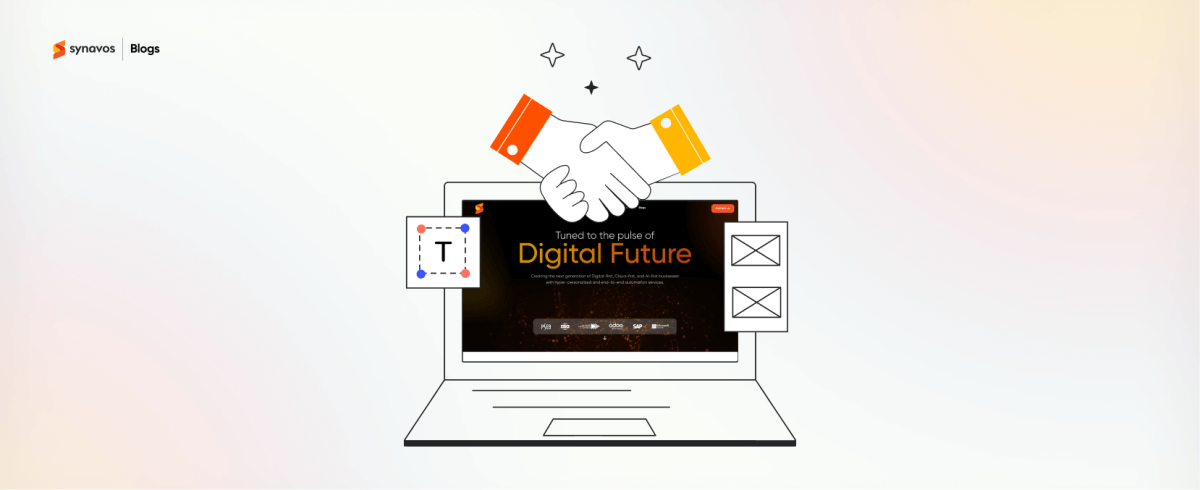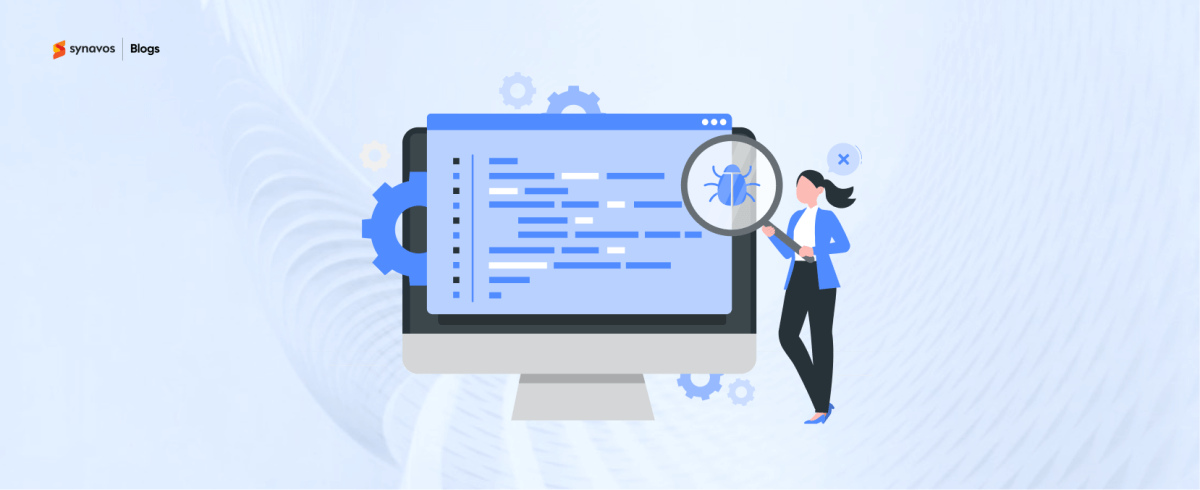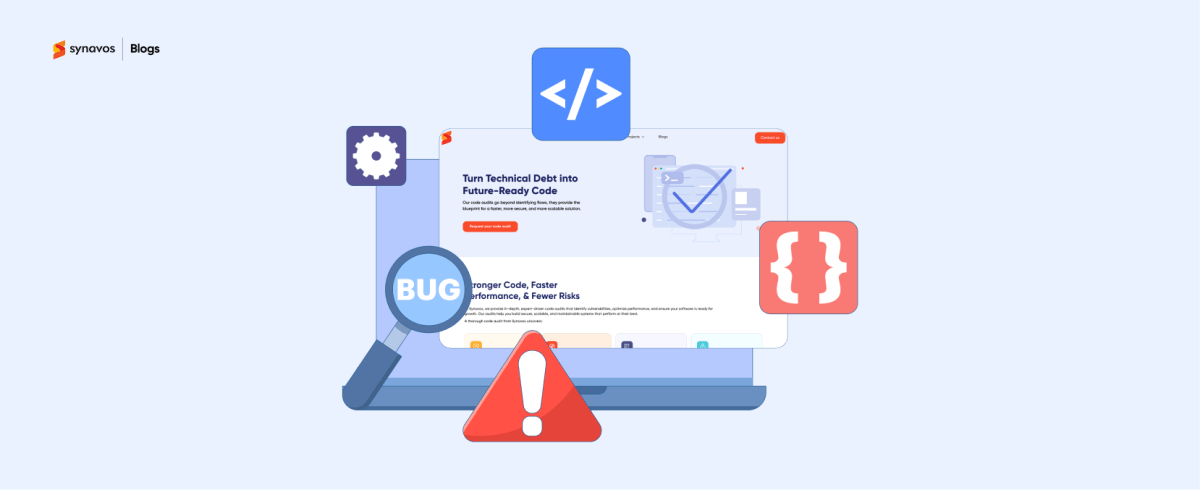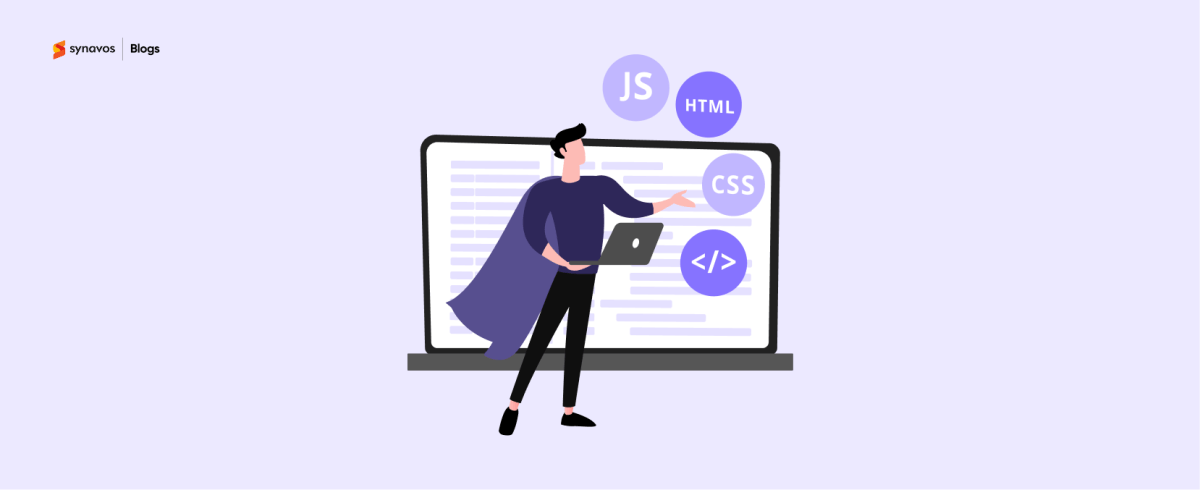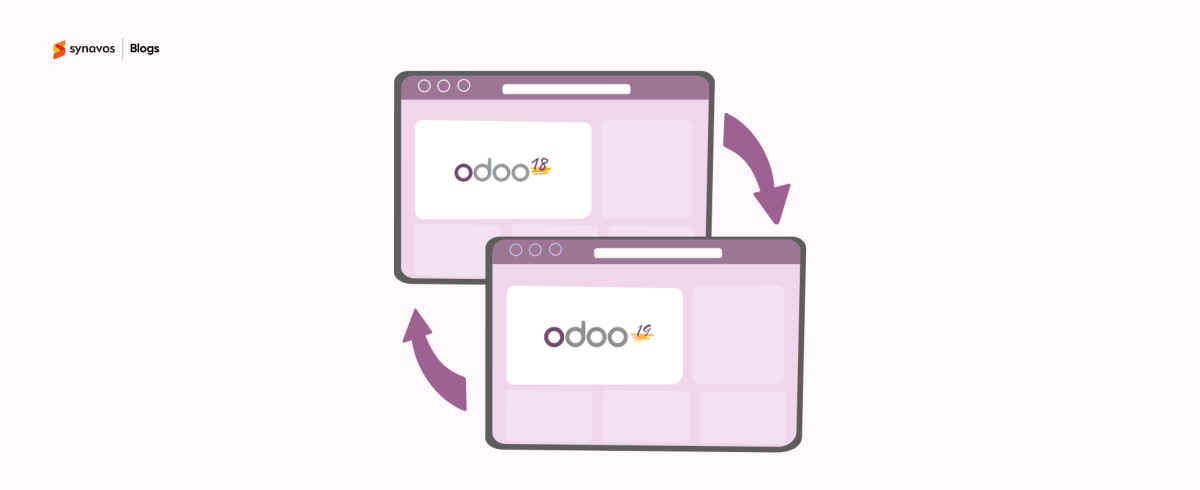Rolling out SAP across your organization is a big move and it comes with big expectations.
You are not just installing software; you are changing the way your business runs, connects, and grows. Yet, too often, companies jump in without a clear plan and end up facing delays, cost overruns, and frustrated teams.
The truth is, a successful SAP implementation is never just about technology. It’s about people, processes, and preparation. In this blog, we will walk you through 10 best practices that leading companies follow to achieve successful SAP implementations. Let’s get started!
1. Define Clear Goals and Objectives
When it comes to SAP Implementation, “just getting SAP up and running” isn’t a goal. Organizations often rush into implementation without agreeing on what they really want SAP to deliver in terms of outcomes. This leads to confusion, constant scope changes, and ultimately, frustration.
Instead, define SMART goals (Specific, Measurable, Achievable, Relevant, Time-bound) that tie into your company’s strategy. Whether it’s reducing order processing time or getting real-time visibility into inventory, your objectives should guide every decision from configuration to go-live.
Pro Tip:
Host focused workshops with key stakeholders early in the process. Document every goal as well as requirement and make sure everyone agrees on the priorities.
2. Secure Executive Sponsorship
A SAP implementation without executive sponsorship is like a ship without a captain. You need leadership on board to remove roadblocks, allocate resources, and drive organizational support.
Executive sponsors are critical for:
- Setting the tone that the project is a top priority.
- Making tough decisions when conflicts arise.
- Rallying teams around the larger business vision.
Pro Tip:
Keep your executive sponsors engaged by providing regular updates and involving them in key milestones. Their visible support will trickle down to every team involved.
3. Assemble a Competent Project Team
Your SAP project team will make or break your implementation. It’s not just about picking the smartest technical experts. You also need cross-functional leaders who understand the business, can collaborate across departments, and are committed to the long-term success of the project.
Ideally, your team should include:
- Project Manager: Keeps everything organized and on schedule.
- Business Process Leads: Know how things work today and what needs to improve.
- Technical Developers: Configure and customize SAP.
- Data Leads: Ensure clean, accurate data migration.
- Change Management Experts: Prepare employees for new ways of working.
Pro Tip:
Clearly define roles and responsibilities from the start to avoid confusion later. A strong, united team means faster problem-solving and a smoother rollout.
4. Choose the Right SAP Partner
Choosing your SAP implementation firm is one of the most important decisions you will make. Experience matters but so does cultural fit, communication style, and genuine commitment to your success.
Look for a company who:
- Has deep SAP expertise in your industry.
- Offers transparency around processes and expectations.
- Views themselves as a true extension of your internal team.
At Synavos, we have successfully delivered SAP projects across the Middle East and Pakistan to help organizations drive measurable results. Whether you’re starting fresh or struggling with a stalled rollout, we know how to get SAP working the way it should. Contact us today to see how we can help you too!
Pro Tip:
Interview potential partners like you would a key hire. Assess their past project outcomes, communication style, and willingness to align with your goals.
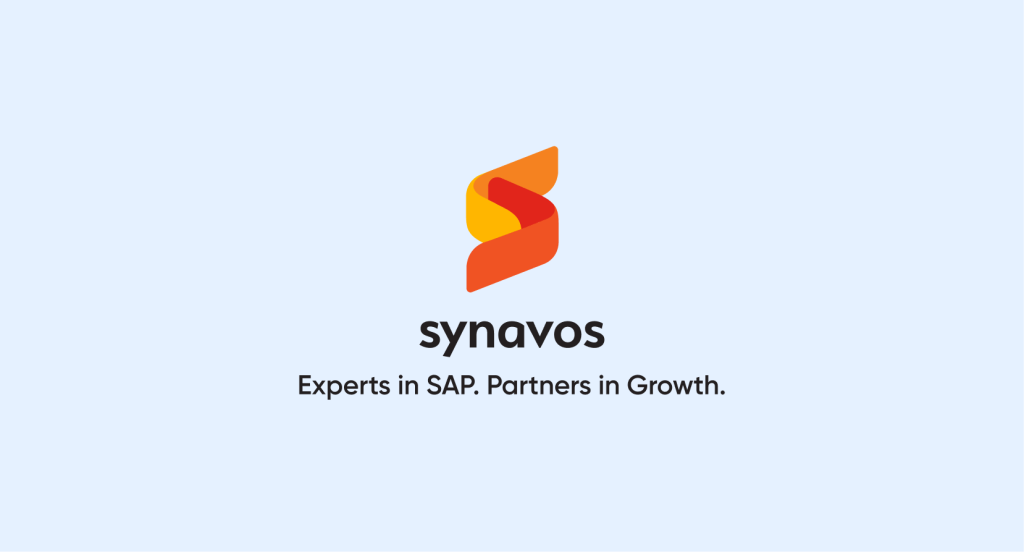
5. Plan Realistic Timelines and Budgets
It’s tempting to set aggressive deadlines to get things done quickly, but rushing an SAP implementation almost always backfires.Projects get delayed, costs escalate, and teams burn out. Not ideal.
Instead, build a realistic plan based on actual SAP project experience. Include time for:
- Requirement gathering
- Solution design
- Customization (if needed)
- Testing
- Training
- Change management
And don’t forget to set aside budget buffers for unexpected challenges.
Pro Tip:
Use a phased implementation approach when possible. Tackling high-priority modules first can deliver quick wins and maintain momentum.
6. Prioritize Data Quality Early
Data can either supercharge your SAP system or cripple it. Migrating inaccurate, duplicate, or outdated data into SAP will cause major problems once you go live.
Start early by:
- Auditing your existing data.
- Cleansing and standardizing records.
- Assigning data owners for ongoing quality management.
Pro Tip:
Treat data migration as its own workstream, not a side task. Clean, validated data means reliable reports, smoother workflows, and better decision-making across the board.
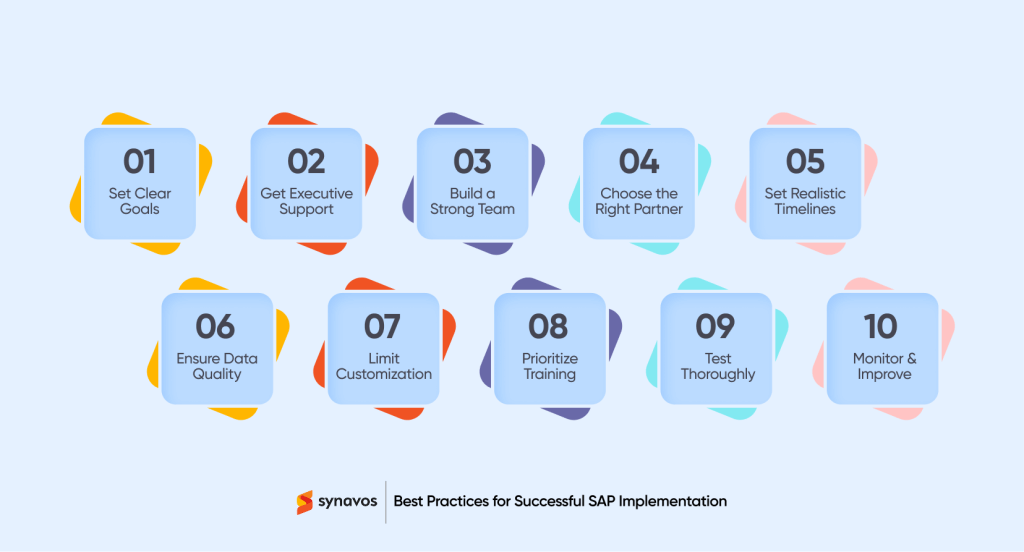
7. Avoid Unnecessary Customizations
Look, it's easy to want SAP to do everything exactly your way, but going overboard with customizations can really bite you later with extra costs and major headaches when it’s time to upgrade.
Our advice? Stick with SAP's standard way of doing things whenever you can. Reserve customizations for when they give you a real and measurable competitive advantage.
Pro Tip:
Adopt a "fit-to-standard" approach. Not only will you simplify implementation, but you will also benefit from faster upgrades and lower long-term maintenance costs.
8. Focus on Change Management and User Training
Technology changes are easy. People changes are harder. Even the most powerful SAP solution can fail if users do not understand or embrace it. That’s why strong change management and training are critical.
Best practices include:
- Communicating early and often.
- Explaining the "why" behind the changes.
- Offering hands-on, role-based training programs.
- Creating a network of "power users" who can support their teams.
Pro Tip:
Instead of boring training manuals, create short video tutorials, hands-on workshops, and gamified learning modules. Make learning fun!
9. Test, Test, and Test Again
Skipping or rushing testing is one of the biggest mistakes companies make during the SAP implementation process. Testing is your safety net; it helps catch issues early, fine-tune workflows, and ensure the system performs as expected before going live.
Testing should cover:
- Unit Testing: Validate each function works correctly.
- Integration Testing: Ensure end-to-end processes work across modules.
- User Acceptance Testing (UAT): Verify the system meets business needs.
Pro Tip:
Involve real end-users in UAT sessions to validate that the system meets daily operational needs. Their feedback is invaluable in smoothing out any last-minute bumps.
10. Monitor Post-Go-Live and Continuously Improve
Go-live is a huge milestone but it’s not the finish line. After SAP goes live, you need to closely monitor system performance, user adoption, and any teething issues. The first 90 days post-go-live are crucial for stability and user confidence.
Set up a Hypercare phase where:
- A dedicated team handles urgent issues fast.
- Users have easy access to help desks and documentation.
- Metrics (like system uptime, transaction success rates) are tracked closely.
Pro Tip:
Encourage a culture where teams proactively suggest improvements rather than react to problems. SAP should evolve alongside your business needs.
Wrapping it Up
SAP implementation doesn’t have to be a nightmare. With the right mix of planning, communication, and collaboration, it can be one of the most rewarding investments your business makes.
Think of it as more than a tech project: it’s an opportunity to modernize how your business runs. Follow these best practices, and you won’t just implement SAP successfully; you’ll build a stronger, smarter organization in the process.












